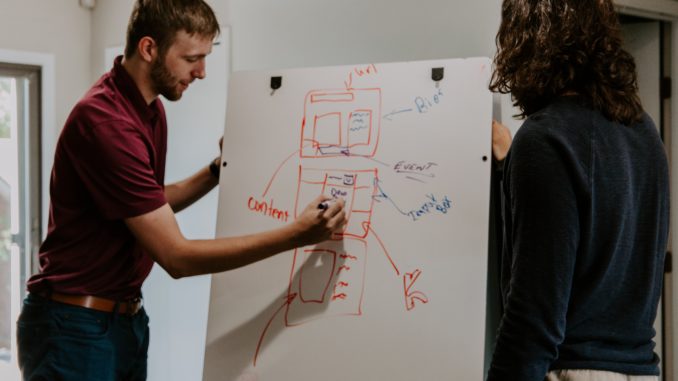
You’ve heard of a workforce strategy, but have you heard of a workplace strategy? As the modern workforce and workplace changes, practices need to adapt to provide a working environment that’s designed for patients and functions for staff. Here are the fundamental building blocks of a workplace strategy, according to change-management experts Deloitte
The information in this edited article first appeared on the Deloitte website.
Work is now ‘what we do’, not ‘a place where we go’. Today’s workforce is virtually mobile, agile and collaborative. Employees use space differently, but organisations frequently still provide workspaces that sit empty when the workforce is in meetings, in the field, tele-working or on holiday.
Organisations are paying significant sums for individual workspaces they are not using effectively, while the demand for spaces and capacity is at an all-time high, and growing. The impact of a poorly designed workspace on morale and productivity can’t be understated; the recent Patients’ Association research illustrated the impact that a poorly designed or functioning practice can have on patient perception. Changing the way that you work, and the space you work in, could have a positive impact on your patients and staff.
An efficient, advanced workplace strategy (AWS) integrates the key elements of physical space design, information technology (both infrastructure and devices) and effective HR policies to better enable work and increase operational efficiency. Properly deployed, an AWS can be a significant driver of real-estate savings and contribute to employee satisfaction, which can have a positive impact on recruitment and retention.
A workplace strategy should only be considered when you have three things in hand:
- Agreed strategies and goals – to develop an effective strategy, you must have clear goals and objectives to which it can be aligned. Everyone within the organisation must buy-in to the strategy to stand any chance of success.
- An understanding of your current workspace – you need to understand how your workspace is currently being utilised – what works and what doesn’t. By learning how people actually use your practice space – not how you think they should – you will be able to develop strategies to utilise this space more effectively.
- An insight into organisational behaviour and culture – by learning about how your employees think, feel and behave you can develop a strategy that will work for them. Change management is complex and challenging, but insights such as these can help you to develop a strategy that stands the best chances of success.
According to Deloitte, an effective AWS includes several key components, including:
- Workplace efficiency and flexibility – dedicated office space is expensive – and often unoccupied. Optimising its usage can, typically, lead to a 20-50 percent improvement in asset performance.
- Mobile technology – the modern workspace needs to use technology to its fullest. Consider tools and technologies that enable access and collaboration on demand – anytime, anywhere.
- Flexibility and choice – employees should be supported to be productive from a variety of work settings, including corporate sites, at home, etc., to reflect the flexibility of the current working environment.
- Virtual and face-to-face collaboration – the office isn’t the only place for collaboration; using the right technology, you can enable interactions virtually.
- Space reduction – you can often make significant cost savings and efficiencies through the identification of space-reduction opportunities and changing workspace standards.
Practical ideas
A workplace strategy is about identifying practical ways that you can improve your workplace.
The strategy you create will be as unique as you are, but some examples of activities could include:
- Analyse current demand for space: review internal utilisation information provided by staff and patients. Compare these with leading practices (including aspects around accessibility) to identify where improvements can be made.
- Develop future workplace scenarios; consider the future for your practice, including what new services might be introduced, and plan accordingly. Think about what space is needed, what technology may be required and how this will affect the running of the practice and the flow of patients.
- Develop integrated solutions – think about your workplace challenges in an integrated way, considering the impact of any changes on the practice design and layout, technology, HR and finance. Develop a roadmap to your future that incorporates all of these aspects into this plan.
- Think about your people at every stage – develop a change management strategy, which supports communications and training, to ensure that all staff are supported through the transition.
You can read the complete Deloitte Advanced Workplace Strategies report here (PDF).
Don’t forget to follow us on Twitter, or connect with us on LinkedIn!

Be the first to comment